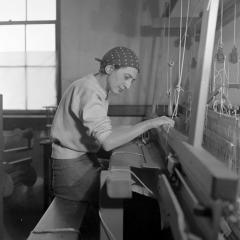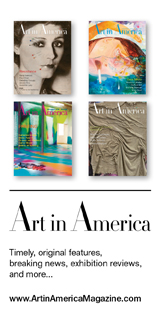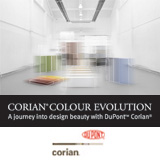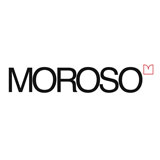Anni Albers: Touching Vision at Guggenheim Bilbao
6 October '17 – 14 January '18
Best known for her pioneering role in the field of textile or fiber art, her innovative treatment of warp and weft, and her constant quest for new patterns and uses of fabric, Anni Albers (b. 1899, Berlin; d. 1994, Orange, CT) was instrumental in redefining the artist as a designer.
Her art was inspired by pre-Columbian folklore and modern industry, yet unhampered by conventional notions of craftsmanship and gender-specific labor. Albers studied at the Bauhaus in Weimar, where she met her husband, the painter Josef Albers, and eventually directed the weaving workshop in 1931. After the institution was closed by the Nazi party in 1933, Albers and her husband moved to North Carolina, where they were both hired to teach at a free-form school that would become a benchmark of modern American art, Black Mountain College. There Anni Albers continued to combine her educational activity with artistic experimentation, while also authoring what are now considered seminal texts in the history of contemporary textile art. The exhibition Anni Albers: Touching Vision is an in-depth survey of her most important series between 1925 and the late 1970s. The formal associations between works and series produced over the years will reveal affinities and unifying threads that illustrate the influence and continued relevance of this unique artist’s ideas.
https://www.guggenheim-bilbao.eus
On the occasion of the exhibition,an expanded edition of her seminal book On Weaving, first published in 1965, has been newly published by Princeton University Press.
A meditation on the art of weaving, its history, its tools and techniques, and its implications for modern design. First published in 1965, On Weaving bridges the transition between handcraft and the machine-made, highlighting the essential importance of material awareness and the creative leaps that can occur when design problems are tackled by hand.
With her focus on materials and handlooms, Anni Albers discusses how technology and mass production place limits on creativity and problem solving, and makes the case for a renewed embrace of human ingenuity that is particularly important today.























